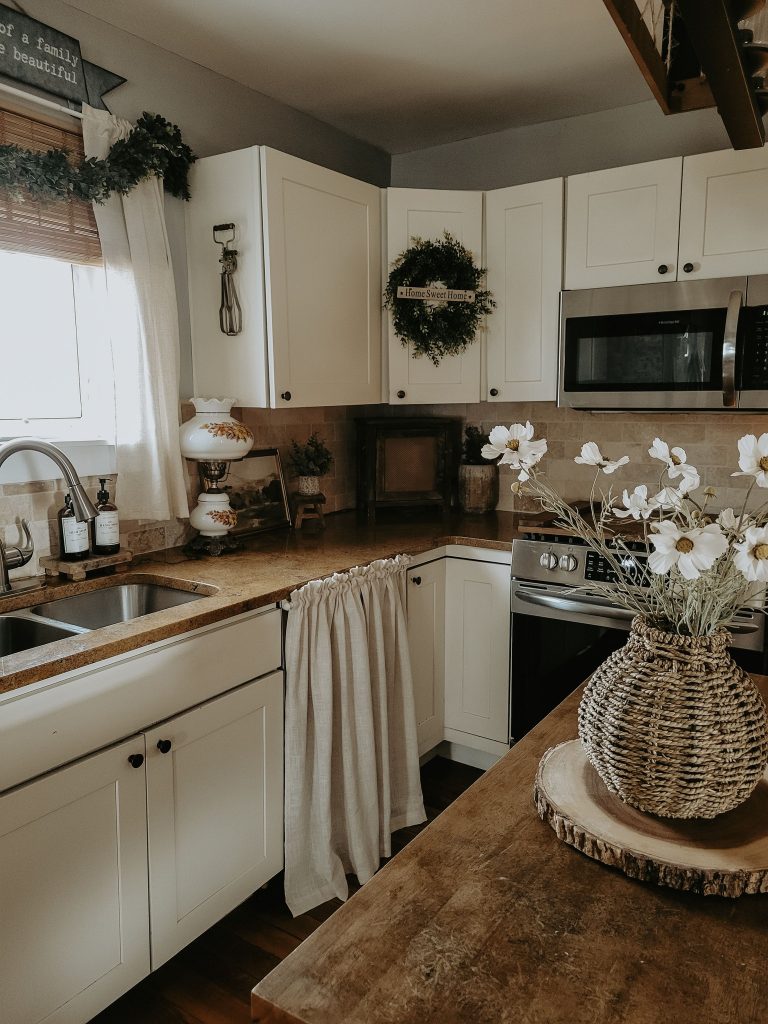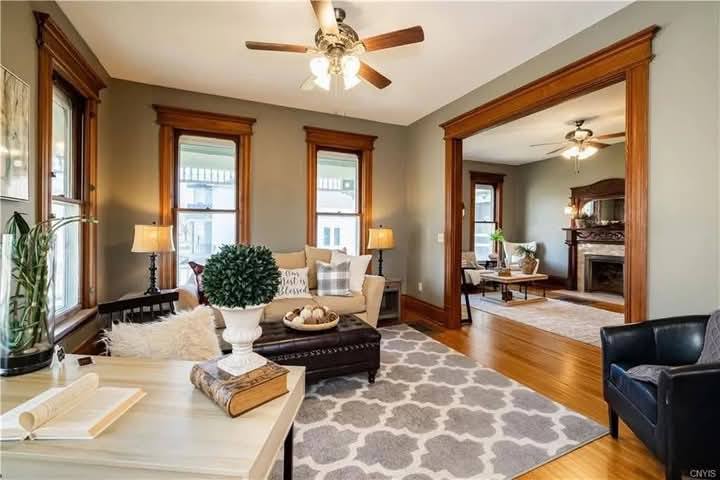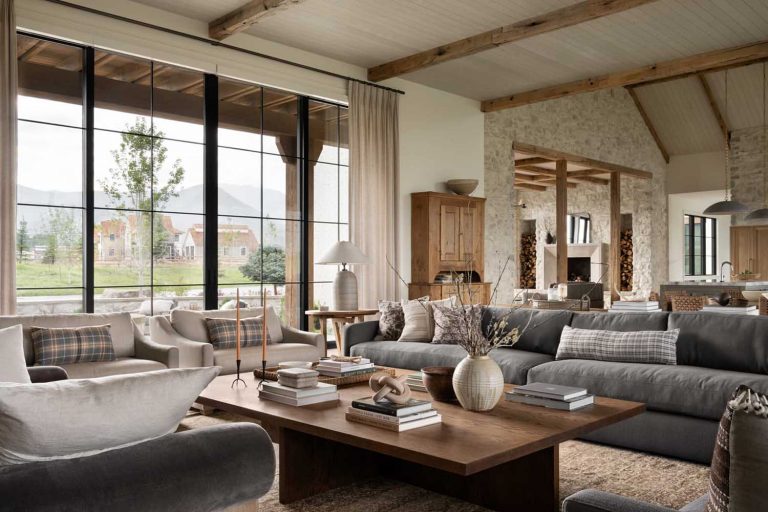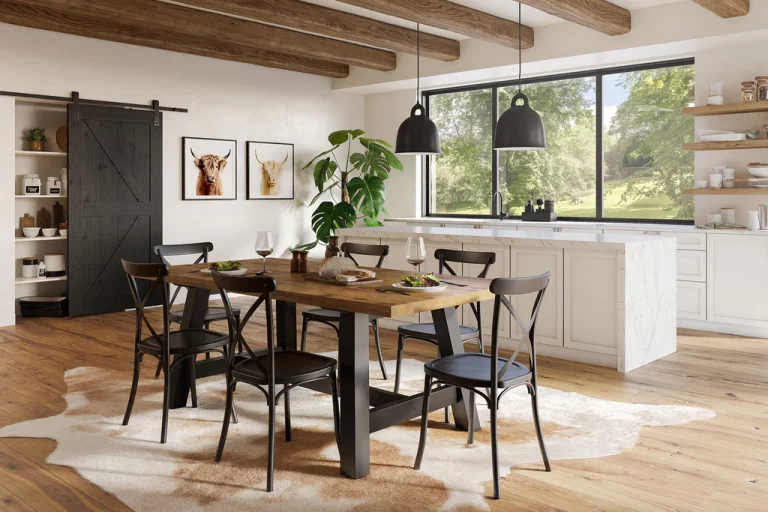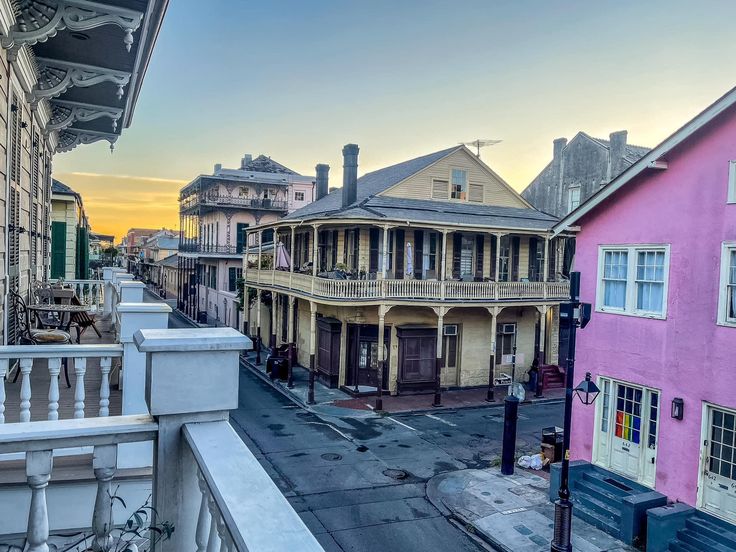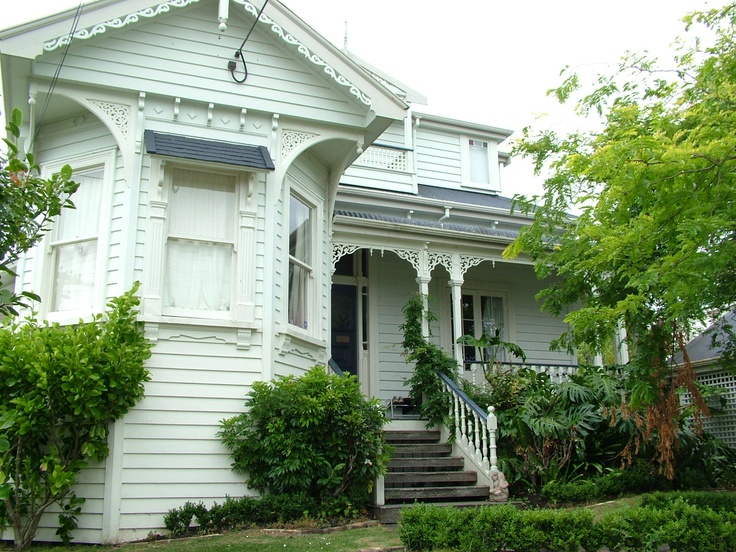Owning a historic home means possessing a piece of history, but to preserve and maintain its value, you need to know how to take care of it properly. Historic homes are not only valuable for their aesthetic appeal but also for their historical significance. Proper maintenance helps ensure that the house remains durable while preserving its unique beauty over time. Here are some essential tips for maintaining a historic home to ensure it holds its value for years to come.
1. Inspect and Maintain the Roof System
The roof is one of the most crucial parts of any home, especially for historic homes where the roofing system may have been constructed decades ago. Regular inspection and maintenance are necessary to ensure the house is not subject to leaks or weather damage. If the roof is old, consider replacing damaged shingles or adding a waterproofing layer to protect the structure.
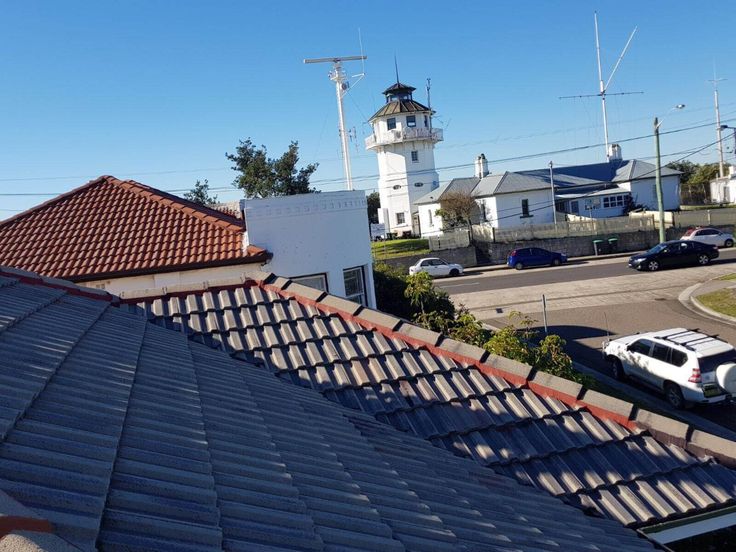
2. Maintain Wooden Floors and Interiors
Wooden floors are a hallmark of many historic homes in the U.S., and to maintain the value of the house, you need to care for them regularly. Ensure that the wood floors are not affected by termites or moisture damage. Polishing and protecting the wood’s outer surface also helps preserve the beauty of the floors and prevent wear over time. Additionally, interior furnishings should be maintained to retain their integrity and increase the value of the home.
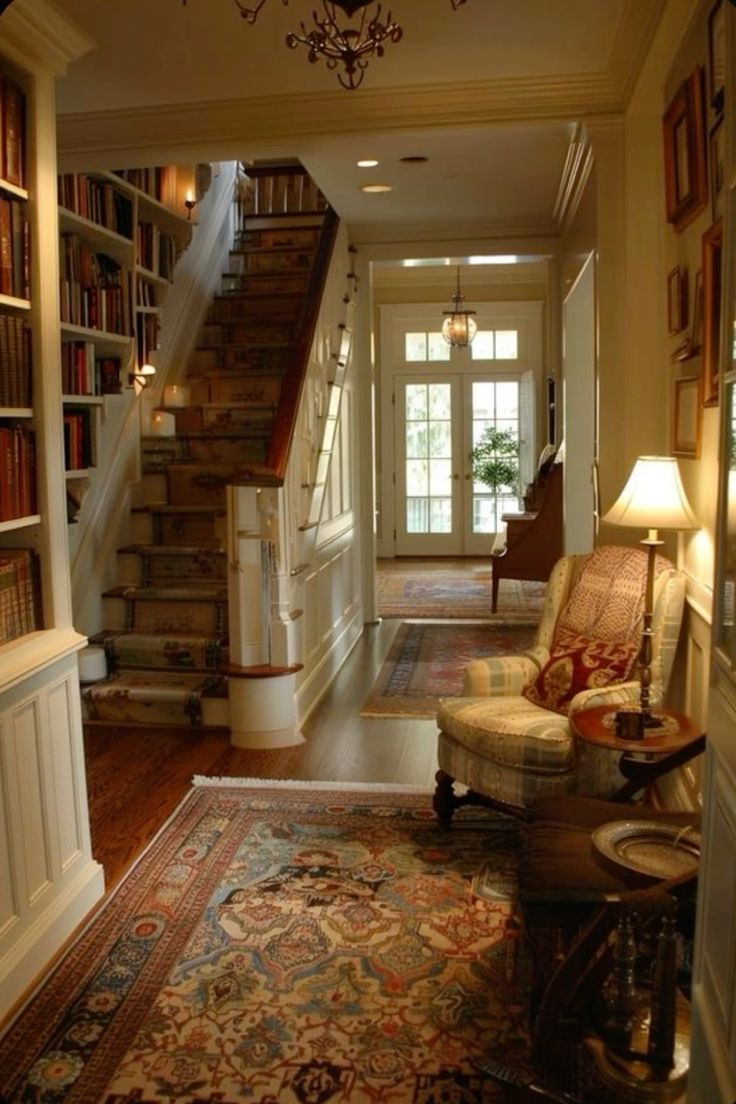
3. Maintain Electrical and Plumbing Systems
An important factor to consider in the maintenance of a historic home is the electrical and plumbing systems, which may be outdated and no longer safe. To ensure safety, inspect and replace deteriorated electrical appliances or plumbing pipes. However, when upgrading these systems, try to preserve classic elements if possible, such as vintage light switches or copper plumbing, to maintain the home’s historical charm.
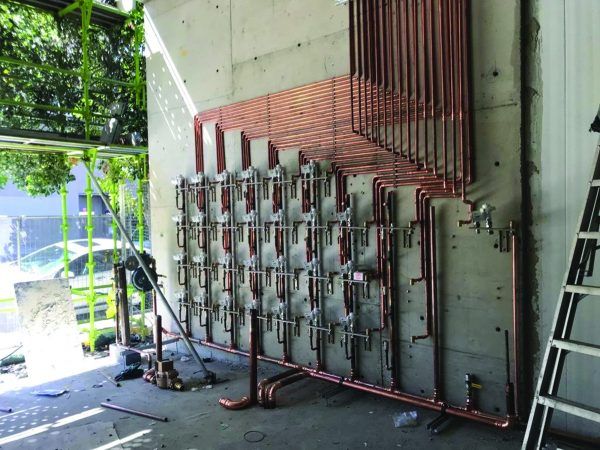
4. Protect Special Architectural Details
Special architectural elements such as stained glass windows, wooden columns, or stone walls may be crucial in enhancing the value of a historic home. Therefore, it’s important to protect and maintain these features. You can use waterproof materials or specialized paints to protect the surfaces, ensuring the longevity of these features without altering the home’s original structure.
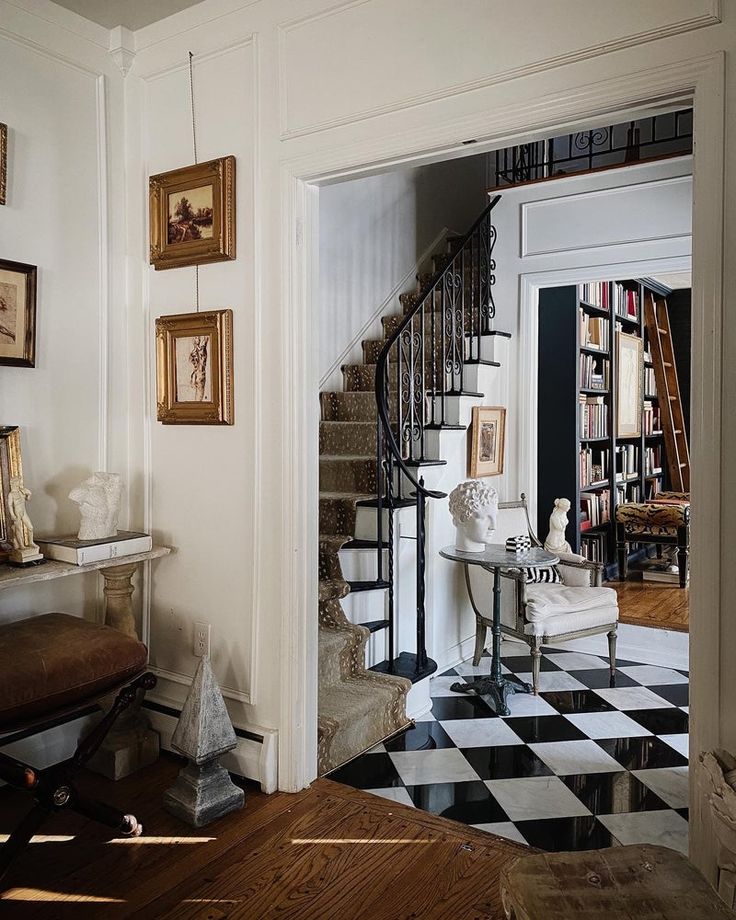
5. Maintain the Surrounding Environment
The environment surrounding the home also impacts its lifespan. Trees, for example, can cause damage if they grow too close to the walls or roofing system. Be sure to trim trees appropriately and maintain a safe distance to avoid putting pressure on the house. Additionally, check for moisture-prone areas like basements and ensure there is no presence of mold or dampness issues.
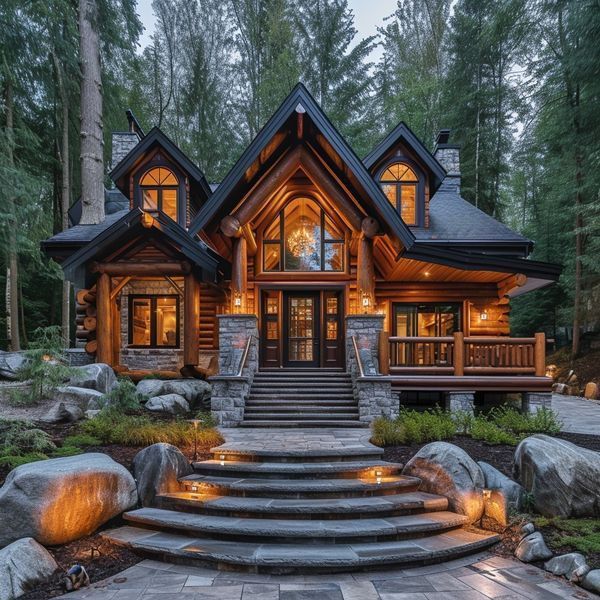
6. Respect Preservation Regulations
If your home is listed in the government’s preservation register, any maintenance work must adhere to strict preservation guidelines. Before carrying out any renovations or repairs, consult with local preservation authorities to ensure you are not compromising the home’s historical value. This not only helps preserve the property’s value but also avoids potential legal issues down the road.
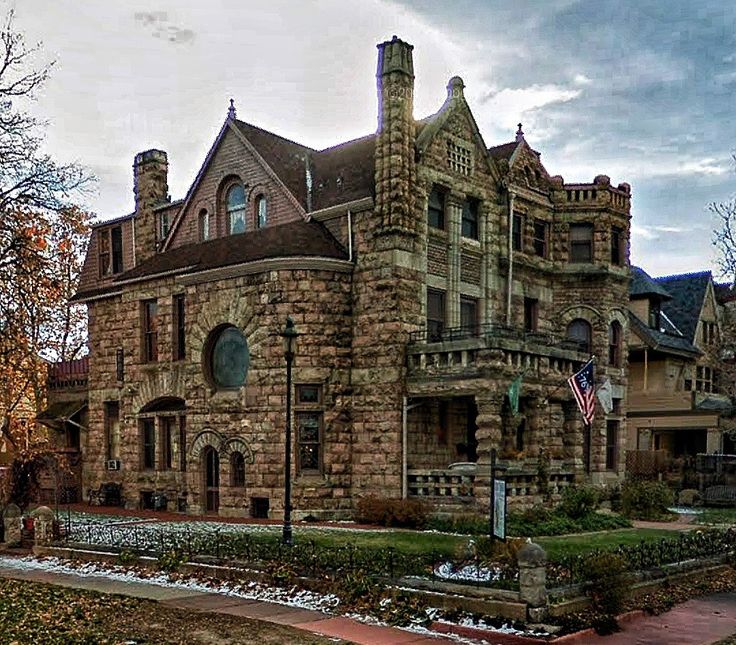
7. Consult Historic Home Maintenance Experts
Finally, one of the most important tips for maintaining a historic home is to seek out professionals specializing in the preservation and restoration of historic homes. Experienced craftsmen and preservationists will help you maintain the original architectural features while making necessary updates to ensure the home does not deteriorate over time.
Maintaining a historic home is a process that requires patience and attention to detail. By following these tips, you can keep your home in the best possible condition and protect its long-term value. Proper maintenance not only ensures the house’s durability but also helps you preserve a valuable piece of history within the heart of the city.

